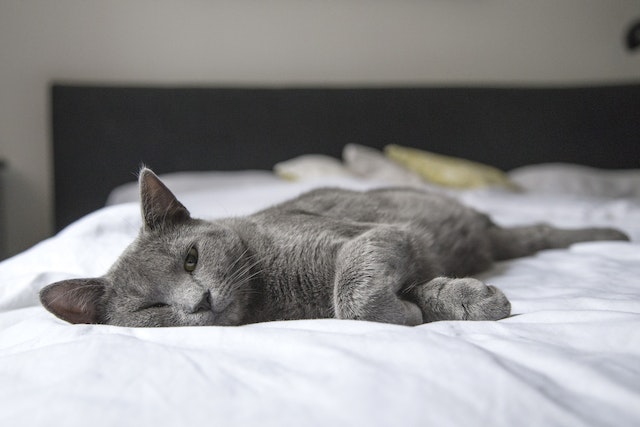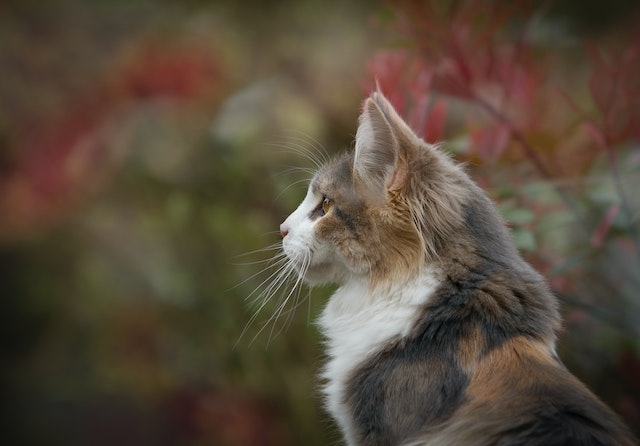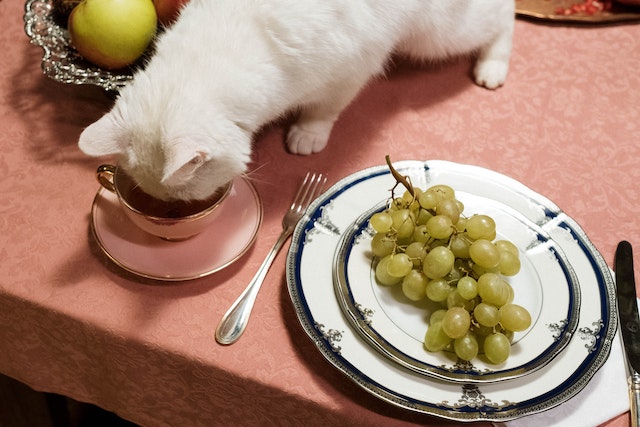Understanding Feline Socialization and Interaction

Feline socialization and interaction is a complex topic that many cat owners struggle to understand. Cats are known for their independent nature, but they still require socialization and interaction to live happy and healthy lives. Understanding the basics of feline socialization and interaction can help cat owners provide their pets with the best possible care.
Feline socialization refers to the process of helping a cat become comfortable and confident around other cats and humans. This process typically begins during the kitten stage, when cats are most receptive to new experiences. Kittens that are exposed to a variety of people, animals, and environments during this critical period will be more well-adjusted and confident as adults.
It is important to note that cats are not pack animals like dogs, and do not require the same level of socialization. Cats are solitary animals, and prefer to spend most of their time alone. However, they still require some level of socialization to interact with other cats and humans in a healthy way.
One way to socialize a cat is through playtime. Cats are natural hunters and enjoy chasing and pouncing on toys. Playing with a cat can help them learn how to interact with other cats and humans in a positive way. It is also important to provide cats with plenty of opportunities to explore their environment, as this can help them feel more confident and secure.
Another way to socialize a cat is through positive reinforcement. When a cat behaves in a way that is desirable, it is important to reward them with treats, praise, or attention. This will help them learn that positive behavior is rewarded, and will encourage them to repeat that behavior in the future.
It is also important to understand the different types of feline interaction. Cats can interact with other cats in a variety of ways, including play, grooming, and fighting. Play is a natural and healthy way for cats to interact, and often involves chasing, pouncing, and wrestling. Grooming is another important aspect of feline interaction, and helps cats bond with one another. Fighting, on the other hand, is not a healthy form of interaction, and should be avoided.
When cats are introduced to each other, it is important to do so slowly and carefully. Cats can be territorial, and may not accept a new cat immediately. It is important to provide plenty of space for the cats to retreat to, and to monitor their interactions closely. If the cats begin to fight, it is important to intervene immediately to prevent injury.
In conclusion, feline socialization and interaction is a complex topic that requires a great deal of understanding and patience. Cats are independent animals, and do not require the same level of socialization as dogs. However, they still require some level of socialization to interact with other cats and humans in a healthy way. Providing cats with plenty of opportunities to play, explore, and interact in positive ways can help them become more well-adjusted and confident as adults. Understanding the different types of feline interaction can also help cat owners provide their pets with the best possible care.

